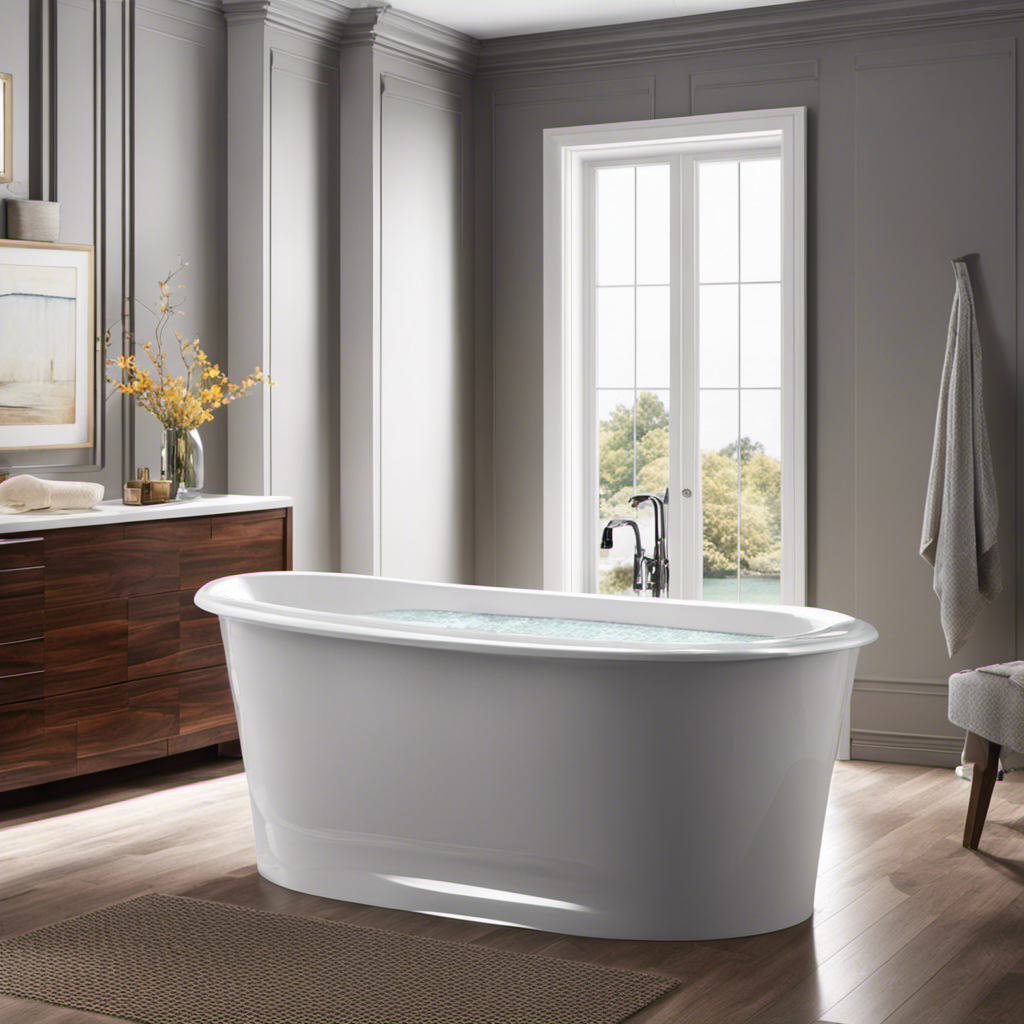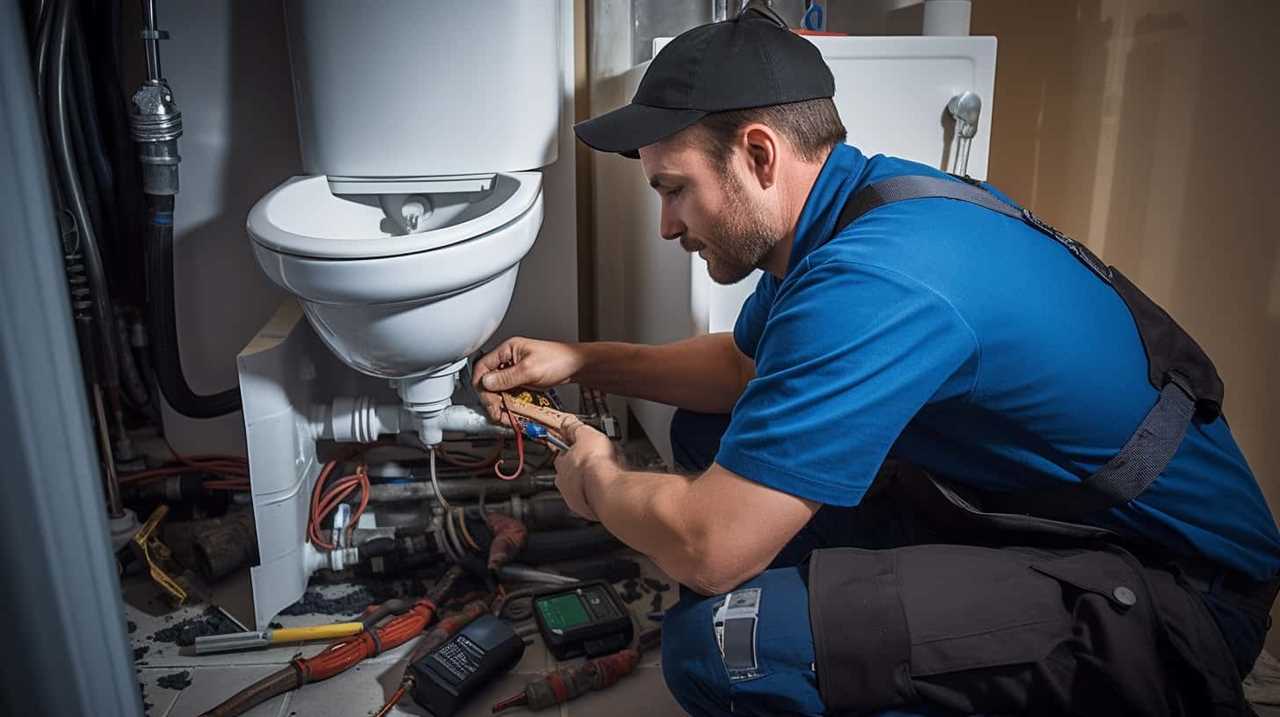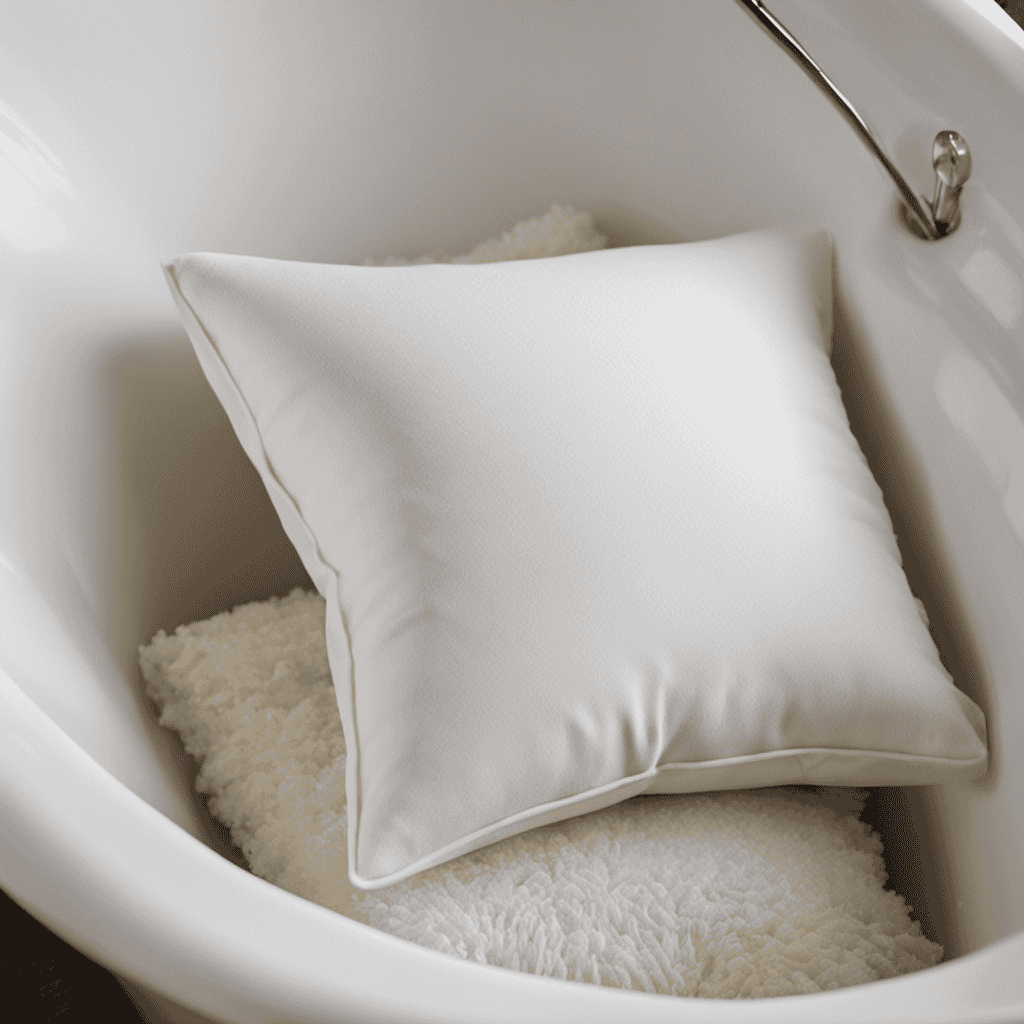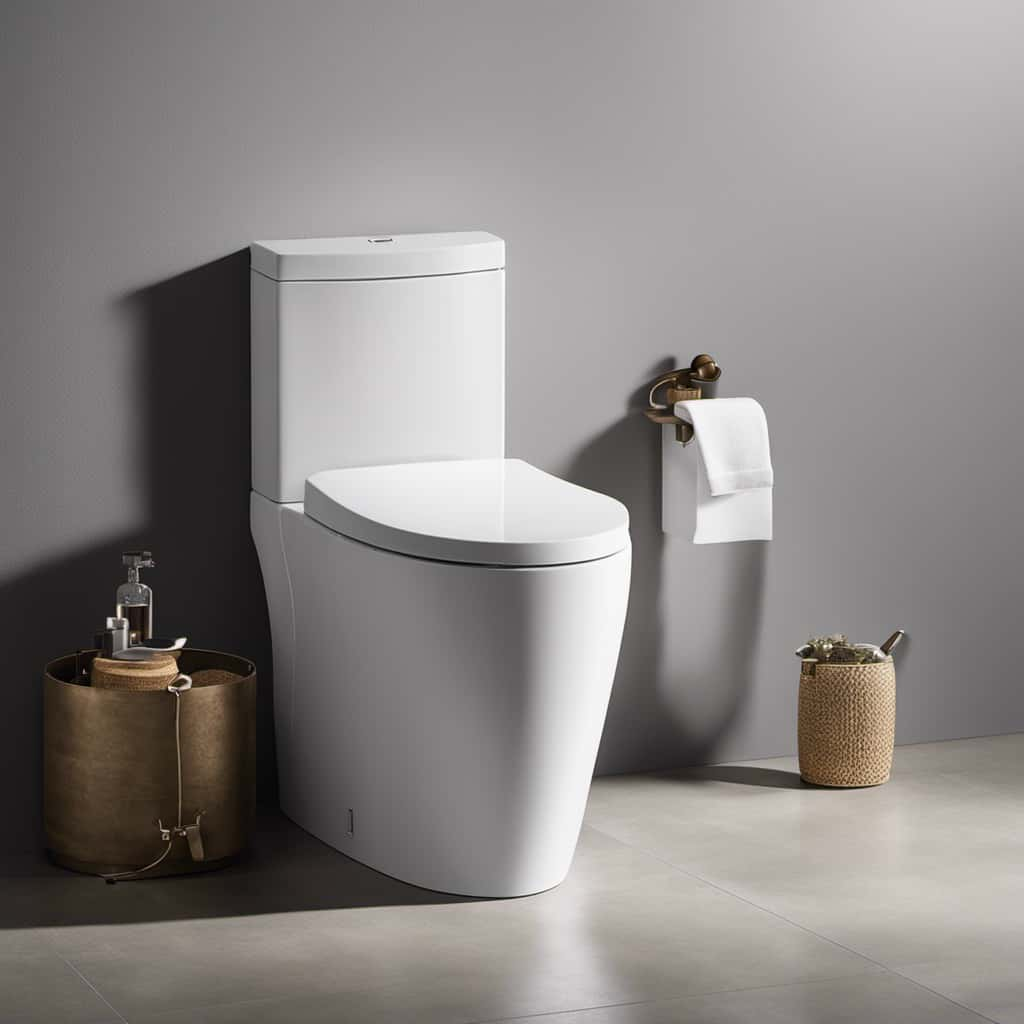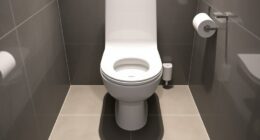Have you ever wished you could immerse yourself in a deeper bath, allowing the warm water to fully envelop your body? Well, you’re in luck!
In this article, we will explore the steps to make your existing bathtub deeper, giving you the luxurious bathing experience you’ve always dreamed of. Whether you have a small bathroom or simply want to enhance your relaxation time, we have the solutions to help you achieve a deeper bathtub without the need for an expensive renovation.
So, let’s dive in and discover how to transform your bathing experience.
Key Takeaways
- Measure the depth of the bathtub accurately before making any modifications.
- Consider different modification options such as expanding the width, using inserts, or overflow drain covers.
- Assess the feasibility, cost, and pros and cons of each option before making a decision.
- Ensure safety and maintenance after modification by regularly inspecting and addressing wear or damage, maintaining a clean surface, and using non-slip measures.
Assessing the Bathtub’s Current Depth
You need to take a measurement of your bathtub’s current depth before considering any modifications. To accurately measure the depth of your bathtub, you can use a measuring tape or a ruler.
Start by emptying the bathtub and removing any accessories or items that may obstruct your measurement. Place the measuring tape or ruler at the deepest point of the bathtub, which is typically the drain. Ensure that the measuring tool is parallel to the surface of the tub to get an accurate reading.
Common problems that may arise during this process include uneven surfaces or curved tub bottoms, which can make it challenging to obtain an accurate measurement. In such cases, it is recommended to take multiple measurements at different points to get an average depth.
Considering the Different Modification Options
Consider the various options available for modifying a bathtub to increase its depth.
If you are looking for a deeper bathing experience, one option is to expand the bathtub’s width. This can be achieved by removing the existing walls and extending them outwards. However, this method requires significant structural changes and may not be feasible in all cases.
Alternatively, you can explore alternative options for a deeper bathing experience without modifying the width of the bathtub. For example, you could install a deep soaking tub insert, which is a specially designed tub that fits inside your existing bathtub and provides a deeper water level.
Another option is to use a bath overflow drain cover, which raises the water level without requiring any structural modifications.
These alternative options offer a cost-effective and convenient way to enjoy a deeper bath without the need for extensive renovations.
Choosing the Right Method for Increasing Depth
To choose the right method for increasing depth, it’s important to assess the feasibility and cost of each option available. One option is to consider DIY bathtub modifications, which can be cost-effective but may require more effort and expertise. Another option is to explore alternative options for increasing bathtub depth, such as purchasing a bathtub liner or replacing the entire bathtub.
Here is a table that compares the pros and cons of these options:
| Option | Pros | Cons |
|---|---|---|
| DIY modifications | Cost-effective | Requires more effort and expertise |
| Bathtub liner | Easy installation | May not provide significant increase in depth |
| Bathtub replacement | Provides significant increase in depth | Expensive |
| Professional help | Ensures proper installation and depth increase | Costly |
Considering these options and their pros and cons will help you make an informed decision on how to increase the depth of your existing bathtub.
Step-by-Step Guide for Making the Bathtub Deeper
The first step in increasing the depth of your bathtub is assessing the feasibility and cost of each available method. Before diving into the project, it’s crucial to consider the material requirements for bathtub modification and explore cost-effective alternatives for deepening a bathtub.
To ensure a successful bathtub deepening project, keep the following points in mind:
-
Material Requirements:
-
Determine the type of material your bathtub is made of, such as acrylic, cast iron, or fiberglass.
-
Research the specific material requirements for each method of deepening the bathtub, as different materials may require different techniques and materials.
-
Cost-Effective Alternatives:
-
Consider options like installing a drop-in liner or using a bathtub insert, which can provide additional depth without the need for extensive modifications.
-
Explore the possibility of purchasing a new, deeper bathtub, as this may be a more cost-effective solution compared to modifying an existing one.
Ensuring Safety and Maintenance After Modification
After modifying your bathtub, it’s important to regularly inspect and maintain its safety to ensure the longevity and functionality of the modifications.
To guarantee the safety of your modified bathtub, there are several safety precautions you should take.
First, regularly check the stability of the modifications, ensuring that they are securely attached to the bathtub. Look for any signs of wear or damage, such as cracks or loose parts, and address them promptly.
Additionally, maintain a clean and dry surface to prevent slips and falls. Use non-slip mats or adhesive strips to enhance traction.
When it comes to long-term durability, make sure to clean the modified bathtub regularly using mild, non-abrasive cleaners. Avoid using harsh chemicals or abrasive materials that could damage the modifications.
Frequently Asked Questions
Can I Make My Bathtub Deeper Without Any Professional Help?
Yes, you can make your bathtub deeper without professional help. There are cost-effective methods and DIY bathtub modifications available. These techniques can provide a solution to increase the depth of your existing bathtub.
What Are the Potential Risks or Drawbacks of Increasing the Depth of a Bathtub?
When increasing the depth of a bathtub, you should be aware of potential risks and safety concerns. It’s important to consider factors like structural integrity and water overflow to prevent accidents or damage.
Will Modifying the Bathtub to Increase Its Depth Affect the Overall Aesthetic of the Bathroom?
Increasing the depth of your bathtub can impact the overall aesthetic of your bathroom. The modified bathtub may require adjustments to the surrounding tile or fixtures, ensuring a cohesive and visually pleasing design.
How Long Does It Typically Take to Make a Bathtub Deeper Using the Different Modification Options?
Making a bathtub deeper involves various modification options such as replacing the tub, raising the floor, or installing a drop-in tub. The time it takes depends on the complexity of the chosen method and the expertise of the professionals involved.
Can I Revert the Modifications and Return the Bathtub to Its Original Depth if Needed?
If you decide to reverse the modifications, you can return the bathtub to its original depth. However, keep in mind that this may impact the resale value of your home.
Conclusion
Congratulations! You’ve successfully completed the transformation of your bathtub into a deep and luxurious oasis.
By following the step-by-step guide and carefully choosing the right method, you’ve achieved a level of depth that will surely impress your guests and provide you with ultimate relaxation.
Remember to prioritize safety and maintenance to ensure the longevity of your modified bathtub.
Now, prepare to indulge in a bathing experience like no other. Your new and improved bathtub will take you to new depths of comfort and bliss.
Enjoy!
